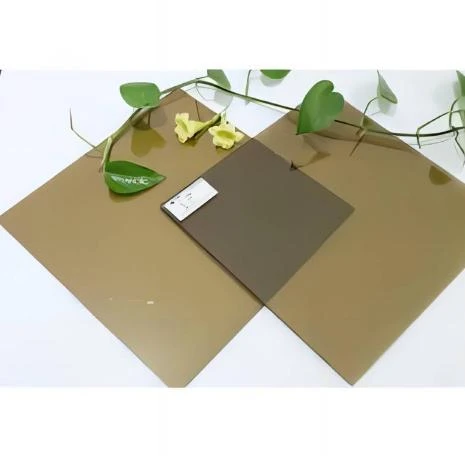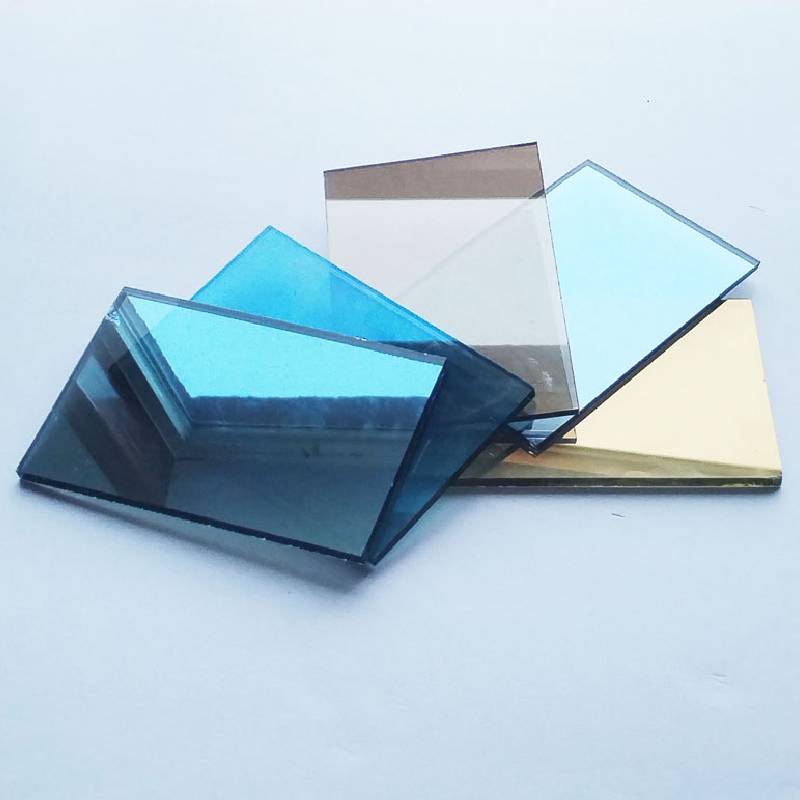Architectural glass has become a cornerstone in modern construction, marrying form with function in innovative ways. With its rise in popularity, the cost and value of architectural glass has turned into a hot topic among industry professionals, homeowners, and scholars alike. Understanding the pricing of architectural glass involves more than just numbers—it requires depth in experience, expertise, authority, and trust.

Navigating the world of architectural glass pricing begins with materials. Architectural glass is crafted from several types, each offering unique characteristics. Among the most common are annealed glass, tempered glass, laminated glass, and insulated glass units (IGUs). Annealed glass, though cost-effective, lacks the strength preferred in contemporary designs. On the other hand, tempered glass—extensively used for its resilience against breakage—comes with a higher price tag due to additional processing. Laminated glass offers safety and acoustic benefits, favored in urban settings despite its steeper cost. IGUs, critical for energy efficiency, present another pricing tier attributed to their complex assembly and superior insulating properties.
Experience shows that the dimension and complexity of the glass determine a significant proportion of its price. Large, custom-cut panes demand precision workmanship and specialized handling, naturally increasing costs. Intricate designs, such as curved or etched glass, also contribute to higher pricing due to the expertise required to execute these stunning yet challenging architectural elements.

Furthermore, the coating on architectural glass influences both cost and functionality. Low-E coatings, designed to improve energy efficiency by reflecting infrared light, are widely lauded for reducing heating and cooling costs in buildings. These coatings, however, require sophisticated technology, thus elevating the price. Similarly, self-cleaning coatings offer practicality but at a higher initial investment.
A trusted source of information and competitive pricing in architectural glass remains local manufacturers and suppliers, who often provide transparency and valuable insights. By collaborating with local experts, architects and builders can customize glass orders tailored to specific project needs without overextending budgets. This local approach also enhances trust, as it allows stakeholders to witness firsthand the production quality and establish direct communication channels, contributing to a smoother workflow.
architectural glass price
On a broader scale, market trends directly impact architectural glass pricing. The green building movement plays a crucial role, driving demand for energy-efficient glass solutions. As demand surges, economies of scale might stabilize or even reduce prices in the long term. Nevertheless, current political and economic climates, such as global supply chain disruptions or tariffs, can create short-term price volatility. Staying informed on these dynamics empowers buyers, ensuring strategic decision-making based on accurate market conditions.
Leveraging authoritative platforms in the architecture and construction industries for data comparison and reviews further builds trust. Websites and forums where seasoned professionals share insights and customer feedback enhance consumer knowledge, providing a comprehensive overview of market expectations. These platforms often highlight emerging technologies and cost-saving techniques in glass production, extending value beyond the simple transaction.
Ultimately, selecting architectural glass leans heavily on aligning price with purpose. The initial expense must be weighed against long-term benefits like energy savings, durability, and aesthetic impact. Calculating the life-cycle cost of glass—including maintenance and replacement considerations—often reveals the true economic return on investment.
As industry standards burgeon and technologies evolve, the architectural glass sector remains dynamic. Building trust through informed choices and authoritative sources not only influences project success but also propels innovation and sustainability. By embracing a holistic understanding of the factors influencing architectural glass pricing, stakeholders can ensure their investments are sound, strategic, and reflective of the architectural masterpiece envisioned.
 Afrikaans
Afrikaans  Albanian
Albanian  Amharic
Amharic  Arabic
Arabic  Armenian
Armenian  Azerbaijani
Azerbaijani  Basque
Basque  Belarusian
Belarusian  Bengali
Bengali  Bosnian
Bosnian  Bulgarian
Bulgarian  Catalan
Catalan  Cebuano
Cebuano  Corsican
Corsican  Croatian
Croatian  Czech
Czech  Danish
Danish  Dutch
Dutch  English
English  Esperanto
Esperanto  Estonian
Estonian  Finnish
Finnish  French
French  Frisian
Frisian  Galician
Galician  Georgian
Georgian  German
German  Greek
Greek  Gujarati
Gujarati  Haitian Creole
Haitian Creole  hausa
hausa  hawaiian
hawaiian  Hebrew
Hebrew  Hindi
Hindi  Miao
Miao  Hungarian
Hungarian  Icelandic
Icelandic  igbo
igbo  Indonesian
Indonesian  irish
irish  Italian
Italian  Japanese
Japanese  Javanese
Javanese  Kannada
Kannada  kazakh
kazakh  Khmer
Khmer  Rwandese
Rwandese  Korean
Korean  Kurdish
Kurdish  Kyrgyz
Kyrgyz  Lao
Lao  Latin
Latin  Latvian
Latvian  Lithuanian
Lithuanian  Luxembourgish
Luxembourgish  Macedonian
Macedonian  Malgashi
Malgashi  Malay
Malay  Malayalam
Malayalam  Maltese
Maltese  Maori
Maori  Marathi
Marathi  Mongolian
Mongolian  Myanmar
Myanmar  Nepali
Nepali  Norwegian
Norwegian  Norwegian
Norwegian  Occitan
Occitan  Pashto
Pashto  Persian
Persian  Polish
Polish  Portuguese
Portuguese  Punjabi
Punjabi  Romanian
Romanian  Russian
Russian  Samoan
Samoan  Scottish Gaelic
Scottish Gaelic  Serbian
Serbian  Sesotho
Sesotho  Shona
Shona  Sindhi
Sindhi  Sinhala
Sinhala  Slovak
Slovak  Slovenian
Slovenian  Somali
Somali  Spanish
Spanish  Sundanese
Sundanese  Swahili
Swahili  Swedish
Swedish  Tagalog
Tagalog  Tajik
Tajik  Tamil
Tamil  Tatar
Tatar  Telugu
Telugu  Thai
Thai  Turkish
Turkish  Turkmen
Turkmen  Ukrainian
Ukrainian  Urdu
Urdu  Uighur
Uighur  Uzbek
Uzbek  Vietnamese
Vietnamese  Welsh
Welsh  Bantu
Bantu  Yiddish
Yiddish  Yoruba
Yoruba  Zulu
Zulu 


